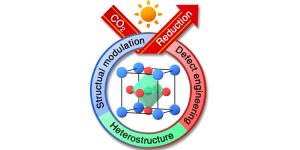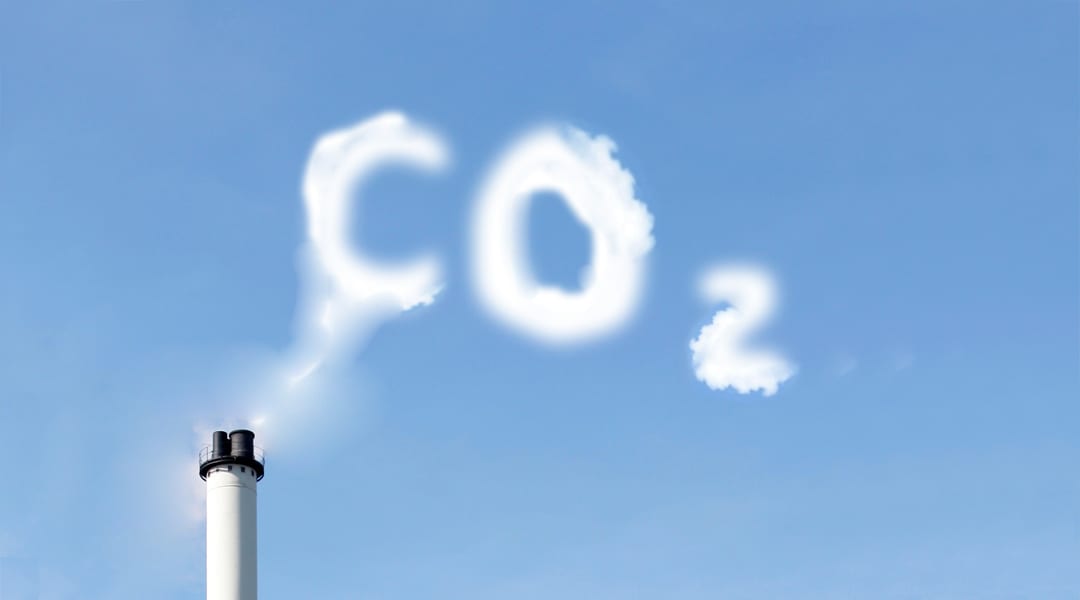To tackle the ongoing problem of energy shortage and CO2 accumulation-induced global warming, numerous photochemical and electrochemical approaches have been developed in recent years. Among these, the photocatalytic CO2 reduction into valuable chemical feedstocks (CO, CH4, etc.), or artificial photosynthesis to construct carbon cycle in a sustainable way have received extensive exploration.
Perovskite oxides and their derivatives are the leading active and stable photocatalysts for many energy conversion reactions and environmental treatments. In the last decade, more than 100 studies have been published which aim to realize the efficient photocatalytic CO2 reduction reactions using perovskite oxides based materials. However, the complicated reaction pathway of CO2 reduction and the abundant variability of perovskite oxides makes it difficult to evaluate the general rules of the underlying structure-activity relationship.
In a review article recently published in Solar-RRL, Prof. Zhang and co-workers from the Technical Institute of Physics and Chemistry, Chinese Academy of Sciences review cutting edge research related to perovskite oxides and their derivatives for the CO2 photoreduction reaction. The interesting studies are summarized into three categories, components, defects and heterostructures, respectively, which are key factors affecting material properties. The influences of each factor towards the electron structure, photoexcited electron transfer and surface adsorption/reaction of perovskite oxides are systematically discussed.
The review will not only help readers to better understand the structure-activity relationship, but can also provide theoretical guidance for the design of new materials for highly efficient photocatalytic CO2 reduction.

















